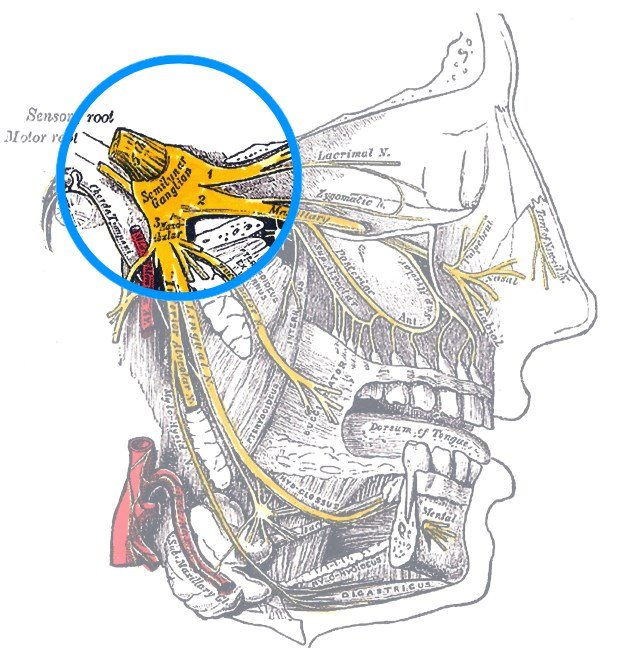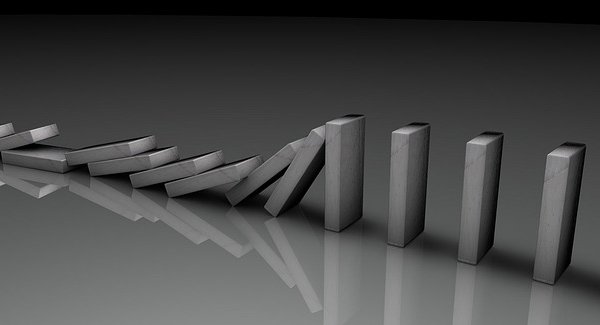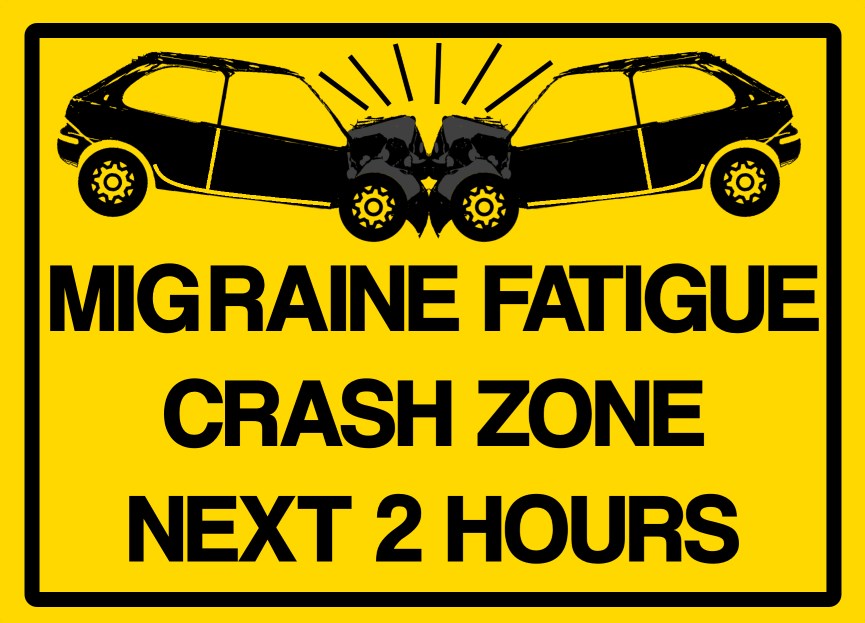
Migraines are considered one of the top 20 disabling illnesses worldwide. At the same, the annual research budget for migraine research is only 0.03% of the NIH’s annual budget. Research is frozen while migraines and tension headaches show an increase. Did we say top 20? In a few years, migraines might go to the top 5.
The prevalence of migraines is not determined. Due to the personal symptoms of each sufferer, migraines aren’t always diagnosed and the symptoms are attributed to other conditions. Interestingly, to conclude that one is suffering from chronic migraines, the healthcare professional needs to eliminate other neurological conditions first.

An analysis of research about migraine’s prevalence in the USA was done in 2013, concluding that migraine prevalence is about 14-16% , though these are only estimates. Migraines are less prevalent in Afro-Americans and Asians, according to a research held in the USA.
- Migraines are three times more common in females than males. This difference is mainly attributed to the relation between estrogen and migraines, which also explains why women suffer more migraines as part of PMS.

A survey done in 2014 on a community of migraine sufferers revealed that most of the participants suffered migraines for at least half of their lives. Moreover, 40% reported they have been to the ER or other emergency care due to migraine attacks at least once in the past year.
According to a new research, all these migraine sufferers may find a cure through plastic surgery, and not medication. The main reason – researchers recently discovered that migraine sufferers have abnormalities in stimulation of the trigeminal nerve – an important pain pathway to the brain. These abnormalities cause inflammation of the blood vessels and lining around the brain, triggering migraines.

- Migraine triggers are very individual, though there are many known triggers that a migraine sufferer should avoid.
Unfortunately, the most common one is one that we have no control over – weather and environmental factors. Second and third come triggers that we have little control over – stress and sleep disorders. However, there is some good news in the long run – Migraine sufferers who have experience and learned to identify triggers are able to manage their migraines better, improving their well-being. You know what they say – “True wisdom comes from experience”.

- A migraine never comes alone, it has “friends” – accompanying it before and during the migraine attack. The symptoms preceding a migraine attack are called “Migraine Aura”, and they are usually sensory symptoms – visual symptoms (light flickering or blurred vision), speech problems and sensory problems such paresthesia (feeling prickling skin). Migraine Aura affects 30.8% of female chronic migraine sufferers, and 32% of male migraineurs. Migraine symptoms can be quite like dominoes – when the first symptom hits, it triggers more symptoms and the migraine itself.

During a migraine, there are also symptoms which accompany the headache. Sensitivity to light, sound and smell is the most common symptom to accompany a migraine. 80% also find it difficult to concentrate, as well as suffer from nausea or vomiting. Migraineurs also suffer from neck pain (75%), Fatigue (75%) and countless other symptoms.
Chronic migraines affect the body and take a toll. Fatigue, body pain, sleep disorders, irritable bowel syndrome and high blood pressure are only some of the medical conditions accompanying the life of a chronic migraine sufferer.

Chronic Migraines aren’t just an adult problem. according to research, about 10% of children at school age suffer from migraines, and the numbers rise as they grow up. In younger ages, boys suffer more from chronic migraines than girls. However, during puberty the estrogen that comes with menstruation causes more migraines, so by the time young girls turn to fully grown women, about 18% of them will have chronic migraines.

- When asked to describe migraines in a single word, the survey’s participants choice of most common word was “Debilitating”. The second word was “Hell”.
